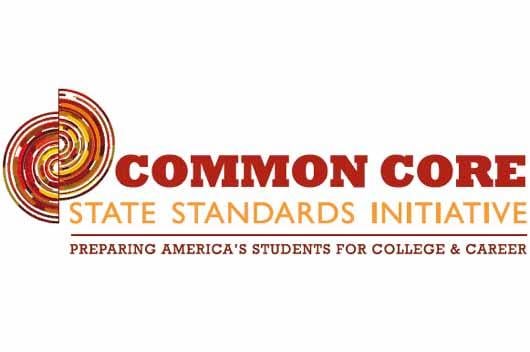
The history of the Common Core Standards began in 1983 with the publication of a report called Nation at Risk. Nation at Risk was developed by President Ronald Reagan’s National Commission on Excellence in Education. The 18 member commission consisted of individuals drawn from the private business sector, education and government. Nation at Risk reported a long list of what it considered problems with American students, including the following (keep in mind these figures are from 1983):
- American students finished last on seven of 19 tests of international student achievement
- 23 million American adults were functionally illiterate
- Average achievement of high school students on most standardized tests were lower than when Sputnik was launched
- Between 1963 and 1980 SAT scores fell 50+ points in verbal and nearly 40 points in math
As one might imagine, this report shocked the nation. We were falling behind again, and at that time "falling behind" meant we were losing ground to the USSR! It was not to be borne! Sputnik had provided the last call to arms; the new clarion call came from Nation at Risk. The commission thereby made some 38 recommendations which included the following:
- "(a) 4 years of English; (b) 3 years of mathematics; (c) 3 years of science; (d) 3 years of social studies; and (e) one-half year of computer science for high school students." (note: computer science only recently became a core subject in the city of Chicago--one of the nation’s leading cities in that process)
- seven hour school days
- 200 to 220 day school years
- performance based salaries for teachers
- standardized tests
President.George H.W. Bush convened an education summit in 1989 with all 50 state governors attending. This education summit called for education goals to go into effect by the year 2000, which included content standards. Congress followed up by setting its own "Goals 2000" in the 1990s. At a National Education Summit in 1996 governors and business leaders created an organization dedicated to supporting standards-based education efforts across the nation. Within two years nearly every state in the union had implemented or was in the process of implementing academic standards for their students.
The Common Core Standards initiative that we have today was launched by the national Governors Association (NGA) and Council of Chief State School Officers (CCSSO) in 2008 with the intent of “providing a ‘clear and consistent’ educational framework that prepares our children for college and the workforce.” It has been over thirty years in the making.


